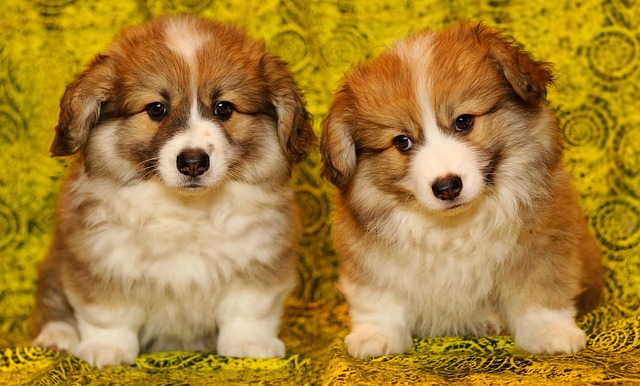
Do food toppers work for dogs
You’re standing in your kitchen, watching your dog sniff at their bowl of dry kibble with zero enthusiasm. Sound familiar?
Dogs are soft, cute, and bring us countless joys in our lives. During the process of taking care of dogs, many pet owners may have a sudden idea: since baby powder can keep human skin dry, can we use it on dogs to help them stay fresh in the sweltering summer or humid weather? Before answering this question, we must have an in-depth understanding of a dog's skin structure and physiological characteristics, as well as be clear about the ingredients and potential impacts of baby powder.
There are significant differences between a dog's skin and human skin. Human skin is acidic, while a dog's skin is weakly alkaline, with a pH value of around 7.5. In addition, a dog's skin is thinner than that of humans, and its fur is denser. This means that a dog's skin is not only easily irritated by the outside world, but also has relatively weak regulatory abilities. When a dog is in a high-temperature and humid environment, the moisture on the skin surface is difficult to evaporate quickly, thus breeding bacteria and fungi and leading to skin diseases. The main components of baby powder are usually talcum powder or cornstarch, and some also contain chemical components such as fragrances and preservatives. Once these components come into contact with a dog's skin and respiratory tract, they may cause a series of problems.
Talcum powder has a fine texture and is likely to raise dust when applied. A dog's respiratory tract is relatively fragile. After inhaling talcum powder particles, it may irritate the respiratory mucosa, causing allergic reactions such as coughing and sneezing. In severe cases, it may even lead to respiratory tract infections and cause damage to the lungs. In addition, when talcum powder adheres to a dog's skin for a long time, it will block the pores, affecting the normal breathing and metabolism of the skin. As a result, the skin cannot excrete excess oil and waste, which in turn causes hair follicle inflammation, presenting symptoms such as redness, itching, etc. This makes the dog unable to resist scratching and licking, aggravating the skin damage.
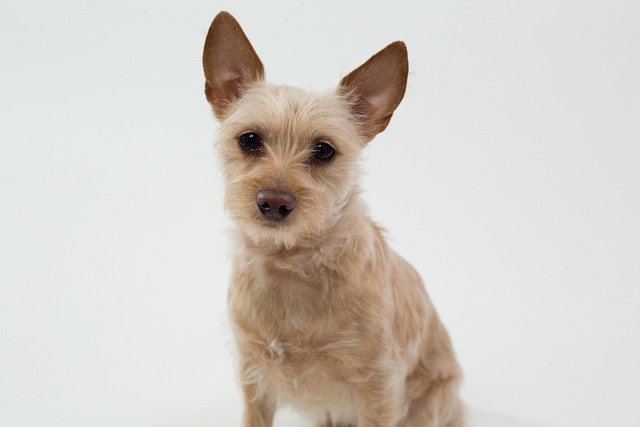 Compared with talcum powder, cornstarch is less irritating and can, to a certain extent, absorb the moisture on the skin surface and play a role in keeping it dry. However, dogs are very curious and like to lick their bodies. If a dog accidentally licks cornstarch, it may cause gastrointestinal discomfort, resulting in symptoms such as vomiting and diarrhea. Especially when cornstarch gets damp, it may breed aflatoxins. This toxin is highly toxic to a dog's liver and will threaten the dog's life and health.
Compared with talcum powder, cornstarch is less irritating and can, to a certain extent, absorb the moisture on the skin surface and play a role in keeping it dry. However, dogs are very curious and like to lick their bodies. If a dog accidentally licks cornstarch, it may cause gastrointestinal discomfort, resulting in symptoms such as vomiting and diarrhea. Especially when cornstarch gets damp, it may breed aflatoxins. This toxin is highly toxic to a dog's liver and will threaten the dog's life and health.
Although baby powder may pose risks to dogs, in certain specific situations, pet owners can, under the guidance of a professional veterinarian, use baby powder specially designed for pets with caution. Such products are usually formulated with special ingredients, which are milder and less irritating to a dog's skin and respiratory tract. But when using it, one must also be extremely careful. First of all, avoid using it on sensitive areas of the dog such as the face, eyes, mouth, and genitals. Secondly, try to choose a well-ventilated place to prevent the dog from inhaling too much dust. Finally, after use, closely observe the dog's reaction. Once any abnormalities occur, such as skin redness, itching, rapid breathing, etc., stop using it immediately and take the dog to a pet hospital for diagnosis and treatment.
In fact, rather than using baby powder, there are many ways we can keep a dog's skin healthy and dry. Regularly bathing the dog is essential. According to the dog's breed and living environment, reasonably control the bathing frequency. Generally, bathing once every 1 - 3 months is more appropriate. Choose pet-specific shower gels and avoid using human shower products to prevent disrupting the acid-base balance of the dog's skin. After bathing, thoroughly dry the dog with a clean towel and then use a hair dryer to dry its fur. Pay attention to adjusting the temperature to an appropriate level to avoid scalding the dog. In addition, keeping the dog's living environment clean and dry, regularly washing the dog's kennel and toys, and keeping the dog away from damp corners can also effectively prevent skin diseases.
When a dog is uncomfortable due to skin problems, our hearts also ache. They can't express their pain in words and can only seek help from us through their eyes and behaviors. As pet owners, we have the responsibility to take care of dogs with scientific methods and be responsible for their health. Instead of taking the risk of using baby powder, spending more time and energy on paying attention to the dog's daily care and giving them meticulous love is the best way to let the dog grow up healthily and happily.

You’re standing in your kitchen, watching your dog sniff at their bowl of dry kibble with zero enthusiasm. Sound familiar?
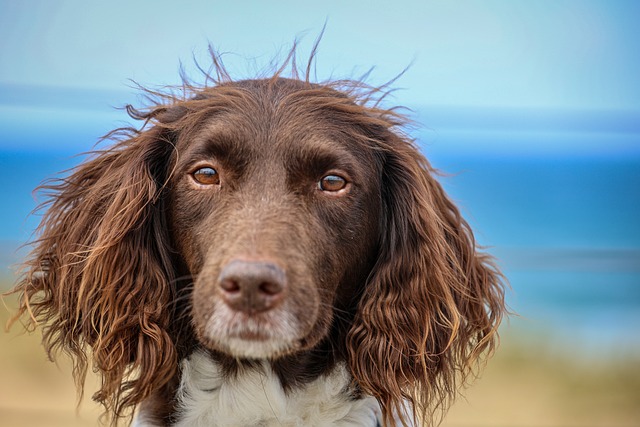
Spotting the first signs of your dog’s pregnancy feels like discovering a secret little miracle. But it’s not always obvious—unlike humans, dogs don’t have missed periods.

Wondering how soon you can tell if your dog is pregnant?The anticipation of new furry arrivals is both exciting and nerve-wracking.
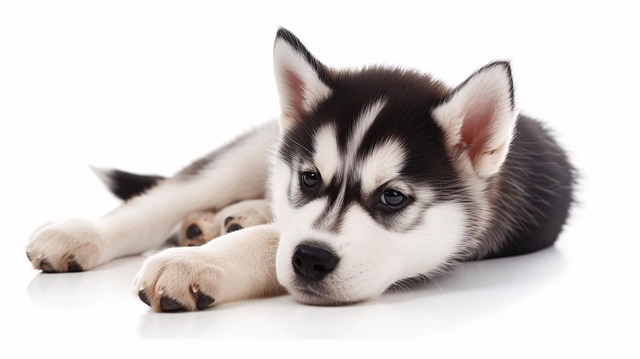
Walking into your living room to find a flurry of fur on your couch, carpets, and even your clothes can be frustrating.
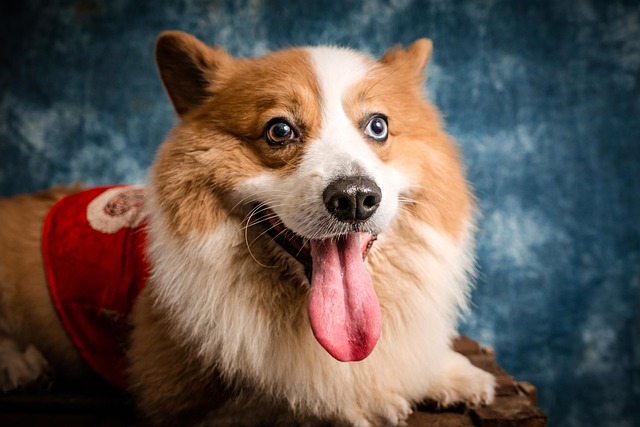
Picture this cozy scene: You’re finishing your morning cereal in your Chicago apartment, and your Labrador gives you that look – head tilted, eyes begging for the leftover milk.
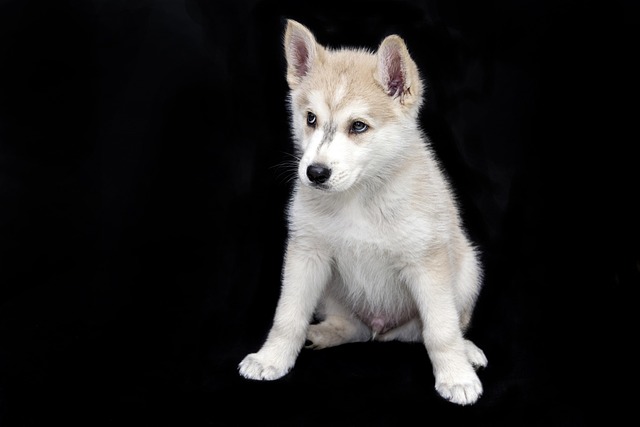
Keeping your puppy’s teeth sparkling isn't just about a fresh-smelling kiss—it’s crucial for preventing painful dental issues down the road.